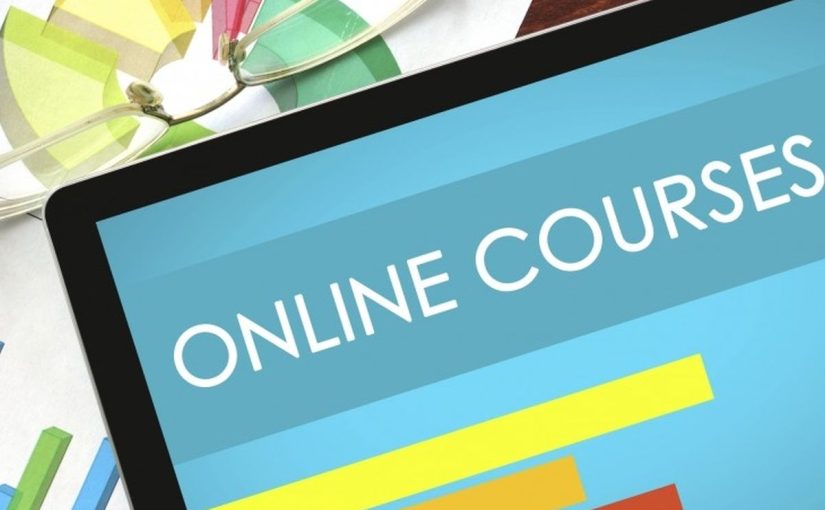How To Use Free Educational Resources Effectively
In the quest for knowledge, the price of education often raises a hefty barrier. With tuition fees climbing and educational materials growing costlier, learners and educators alike feel the pinch in their wallets.
But what if a treasure trove of learning tools is available at no charge? That’s right – free educational resources are changing the game, offering fresh opportunities for those eager to expand their minds without emptying their pockets.
The power of Open Educational Resources (OER) is undeniable; they’re not just gratis goodies but platforms that spark creativity and critical thinking among students. Picture this: high-quality textbooks, comprehensive lesson plans, and interactive videos—all at your fingertips for zero dollars spent.
This blog post aims to unwrap how to harness these resources effectively, ensuring you get the most out of every click and download. Dive in with us as we navigate this realm of limitless learning potential – it might just be your ticket to academic success!
Key Takeaways
- Free educational resources like Open Educational Resources (OER) offer students and educators cost-effective and high-quality learning materials.
- Utilizing these resources effectively involves verifying usage rights, ensuring quality assurance, creating a resource repository, using the resources as inspiration for personalized lessons, and encouraging self-guided exploration to save money on educational materials.
- Communicating with students and families about the benefits of free educational resources is crucial, including providing support for accessing the resources, explaining their benefits, offering tech assistance, and maintaining open lines of communication.
Benefits of Using Free Educational Resources
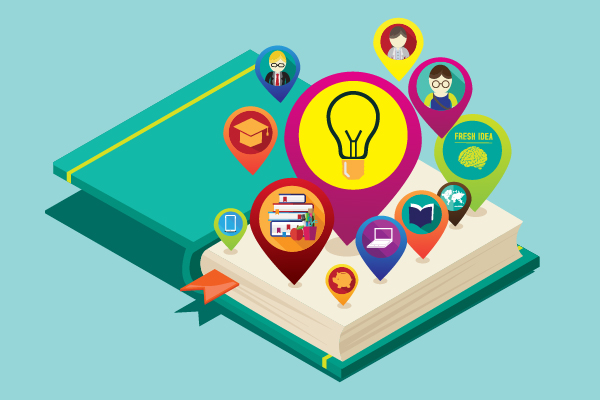
When it comes to using free educational resources, there are several benefits for both educators and students. One major advantage is that these resources are cost-effective, saving schools and families money on expensive textbooks and materials.
Additionally, they are accessible to all, allowing students from diverse backgrounds equal access to quality education. Another benefit is personalizing lessons according to students’ learning styles and paces.
These advantages make free educational resources valuable in today’s educational landscape.
Cost-effective
Saving money is smart, and using free educational resources is a great way to do it. Open Educational Resources (OERs) let teachers and students use high-quality materials without spending a penny.
They’re often just as good as expensive books or courses. Open licenses like Creative Commons make these tools cost-effective because they let anyone share and sometimes even change the learning stuff.
Many people find that digital education helps keep their wallets full while getting top-notch learning experiences. Research shows OERs can cut costs big time for learners.
Instead of buying pricey textbooks or signing up for costly classes, you can dive into online courses, PDFs, and interactive lessons that cost nothing. It’s like getting your favorite snacks for free – tasty knowledge without the price tag!
Accessible for all
Free educational resources throw open the doors of learning to everyone. No matter who you are or where you live, these materials are there for you to grab and use. They’re especially great for ensuring students with different needs can learn in a way that works best for them.
Think about it like this: if some kids have trouble reading, they can use videos or audio files instead. This is what we call making education fit everyone—not just a few.
These free tools come from big ideas like Universal Design for Learning (UDL). That means they’re made so every student gets a chance to learn well, no matter their style or speed.
Teachers love this because it helps them reach every kid in their class. And let’s face it, when learning is something anyone can jump into, more people end up loving school and doing better!
Ability to personalize lessons
Teachers love free educational resources because they can tailor lessons to fit each student. This means kids get what they need to learn best. With these materials, a teacher can turn a math problem into a fun game for some or use music for others who like tunes.
It’s like picking out the perfect gift and finding the right resource that matches the learner’s style.
Personalized learning makes students remember more and do better on tests. You can change your teaching so it fits just right for every kid. Say goodbye to one-size-fits-all education! Teachers using free online tools have seen their students shine in ways they never thought possible and save money while doing it.
Tips for Utilizing Free Educational Resources
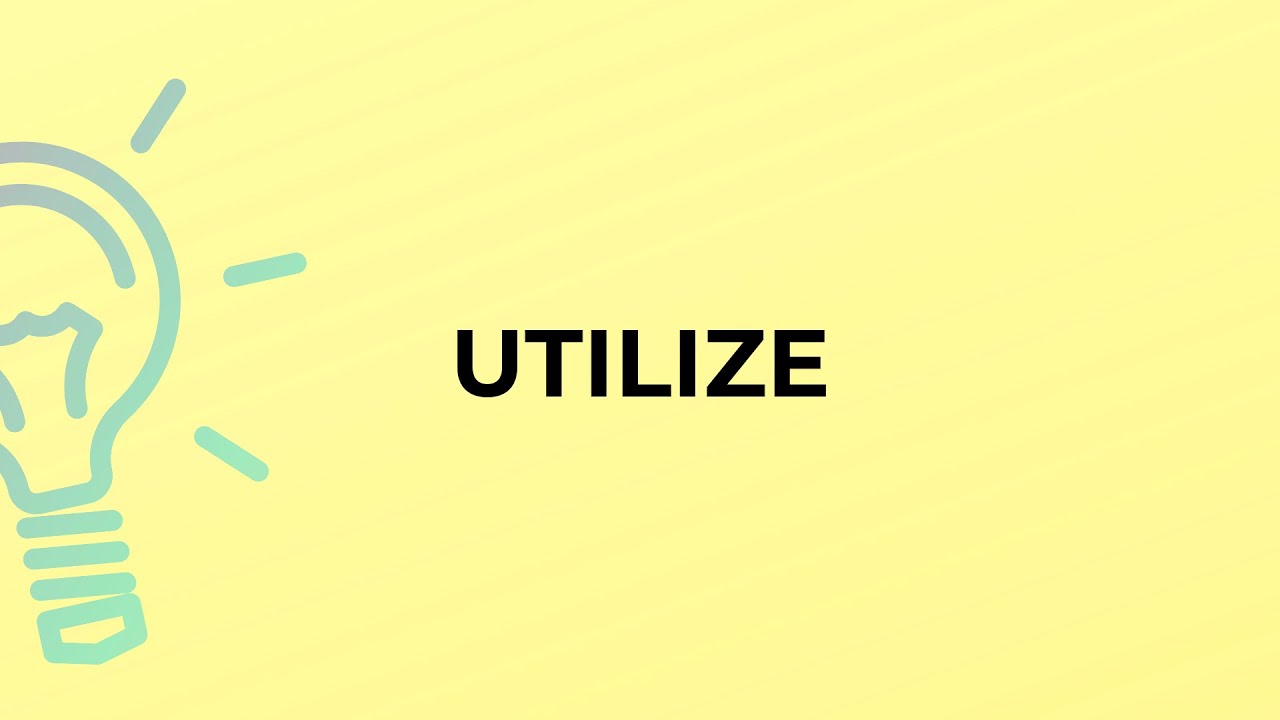
When using free educational resources, verifying the usage rights of the materials is essential. Additionally, ensure quality assurance by reviewing the content before incorporating it into lesson plans.
Create a resource repository for easy access and use the resources as inspiration for creating personalized lessons. Encourage self-guided exploration and guide how to utilize these materials in learning opportunities effectively.
Verify usage rights
When using free educational resources, verifying the usage rights is important. Open Educational Resources often have a Creative Commons license, which generally allows free use.
However, it’s crucial to understand fair use guidelines and copyright laws. The Fair Use test and Best Practices in Fair Use for Open Educational Resources provide frameworks for the legal usage of copyrighted materials in an educational context.
Teachers should be aware of these guidelines to ensure compliance with copyright regulations and avoid potential legal issues. By understanding the nuances of fair use, educators can confidently utilize free resources without infringing on copyrights or licensing agreements while saving money.
Ensure quality assurance
Before using free educational resources, it’s crucial to ensure their quality. Quality assurance is important because it guarantees that the content is accurate and aligns with learning goals.
When utilizing open educational resources (OER), they should conduct a quality assurance test to verify their accuracy and alignment with educational objectives. Following guidelines for OER in higher education emphasizes the importance of quality assurance and recognition principles to support effective use.
Verifying usage rights is essential to be confident about the resource’s legality and suitability for your needs. By assuring quality, you can ensure that the educational materials are reliable and beneficial for your learning purposes, helping you save money without compromising the credibility of the content.
Create a resource repository
Curate free educational materials from online repositories like OER Commons and OpenStax CNX to save money. These resources can inform your teaching and help design effective courses.
Use platforms such as Google Classroom to organize and share these materials with students, ensuring easy access for everyone.
Additionally, utilize Creative Commons-licensed content to expand your resource repository legally. Encourage self-guided exploration by incorporating a variety of open educational resources (OERs) into your lessons, giving learners exposure to diverse learning materials without incurring additional costs.
Use as inspiration
Free materials can be a great source of inspiration when looking for ways to save money on educational resources. You can find various free online learning resources that offer valuable content and ideas for your teaching.
For example, open educational resources provide digitized materials at no cost, allowing you to access practical tips and support for remote instructional practices. These cost-effective resources offer information and innovative approaches to inspire lesson planning and teaching strategies.
By exploring these free resources, you can gather fresh ideas and techniques without spending extra money.
Keep an eye out for reputable sources that offer high-quality materials under open licenses, ensuring that the usage rights fit your needs as an educator seeking budget-friendly options.
Encourage self-guided exploration
Encouraging self-guided exploration is a great way to save money on educational resources. It involves students taking responsibility for their learning by evaluating their study habits and seeking guidance when needed.
Teachers support this process, providing resources and assistance as students work towards their learning goals. This approach saves money and fosters learners’ independence and critical thinking skills.
Self-guided exploration allows students to personalize their learning experience, using free resources to enhance their education without needing expensive materials or programs.
Importance of Communicating with Students and Families
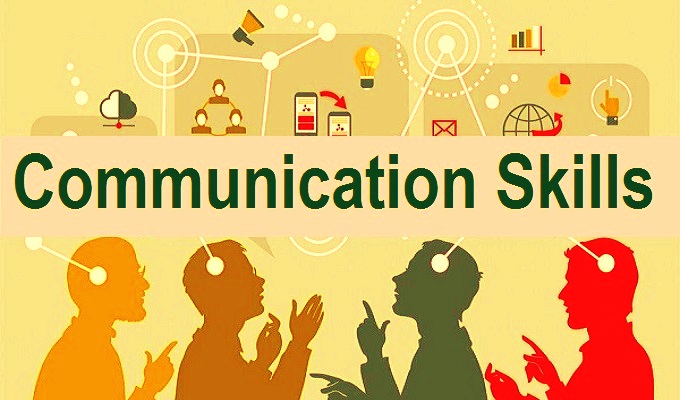
Communicating with students and families is crucial when using free educational resources. This involves providing support for using the resources, explaining the benefits, offering tech support, and communicating through newsletters.
By maintaining open lines of communication, everyone involved can make the most of these valuable learning tools.
Provide support for using resources.
To support the use of free educational resources effectively, it’s important to provide clear guidance and assistance to students and families. Here are practical ways to offer support:
- Show them how to access the resources and navigate through them.
- Be available for any questions or troubleshooting related to using the resources.
- Offer tips on how to utilize the resources for personalized learning.
- Provide examples of how the resources can be integrated into their studies or learning activities.
- Share success stories of other students who have benefited from these resources.
Explain the benefits
Using free educational resources can save you money. These resources are available to everyone, making education accessible for all. You can personalize lessons according to your needs and preferences, ensuring that the learning experience is tailored specifically for you.
Using these free resources allows you to provide quality education without spending a lot of money. It’s also an ideal way to support lifelong learning and foster a love for knowledge affordably.
Effective communication with parents and guardians helps monitor a child’s progress as they access and use technology for learning.
Offer tech support
Teachers can provide support for using free educational resources by offering tech assistance to students and families. This support can include helping users troubleshoot technical issues while accessing or utilizing the online materials.
Communicating with clear instructions on navigating the technology effectively ensures everyone can take advantage of these resources, eliminating the need for expensive outside help.
Organizations such as schools should also consider providing access to digital devices and internet connectivity for those who may not have them at home, ensuring equitable access to technology for all students and educators during distance learning.
Communicate through newsletters
Communication through newsletters is a great way to keep families informed about the educational resources their children are using. By sending regular updates, parents can understand the benefits of these free resources and provide support when needed.
Newsletters can also offer tips on effectively utilizing these resources at home, helping families save money while engaging in their child’s education. Additionally, they serve as an avenue for schools to engage with diverse families, including those with English Language Learners (ELL), providing valuable information that fosters learning for all students.
By communicating through newsletters:
– Encourage family involvement in student learning.
Strategies for Engaging Students with Online Educational Resources
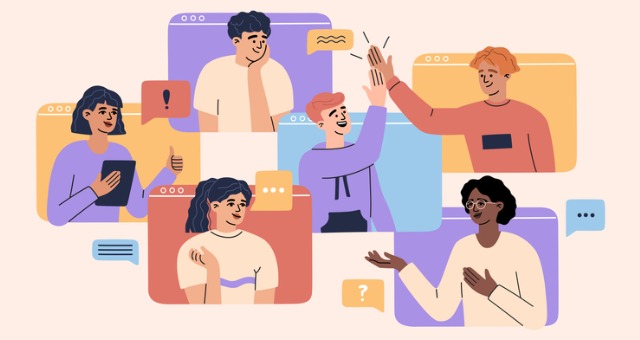
Incorporate interactive elements like quizzes and games to keep students engaged. Use multimedia like videos and infographics to make the learning experience more dynamic. Create a variety of assessments to cater to different learning styles and preferences.
Gather and analyze student data to tailor resources based on their needs. Host effective resource use workshops, allowing students to explore and engage with the materials in a supportive environment.
Incorporate interactive elements
Use interactive tools and features in your online resources to engage students actively. This could include quizzes, games, simulations, and multimedia elements like videos or animations.
These can make learning more exciting for students without requiring extra expenses.
By adding interactive elements, you are creating a dynamic learning environment without spending extra money. This engages students effectively with the free resources available to them.
Use multimedia
Multimedia tools like videos, interactive presentations, and audio recordings can make learning more engaging. They can help to explain complex concepts visually and cater to different learning styles.
For example, a short video can bring a lesson to life and make it more interesting for students. It’s an effective way to support their understanding of the topic.
Using multimedia can save money since many free resources provide ready-made multimedia content that educators can incorporate into their lessons without creating everything from scratch.
This not only helps in saving time but also makes learning more enjoyable for students.
Create a variety of assessments
To save money, use a mix of different assessments in your lessons. This can include quizzes, projects, and discussions. You can effectively measure student learning using various assessment types without spending on expensive resources.
You can also gather data through simple methods like student self-assessments or peer evaluations. These techniques are cost-effective but still provide valuable insights into student progress.
Embracing diverse assessment tools allows a comprehensive understanding of students’ capabilities while staying within budget constraints.
Gather and analyze student data
Gathering and analyzing student data is crucial for understanding how students are learning. Teachers can tailor their instruction to meet each student’s needs by collecting information on their performance.
Assessment data helps identify areas where students need extra support, enabling teachers to intervene promptly. Real-time performance data provides valuable insights and tracks the effectiveness of instructional strategies.
This approach allows educators to make informed decisions about teaching methods and resources, ultimately improving student outcomes.
Host workshops for using resources effectively
Host workshops to help you use educational resources wisely. These workshops will teach you how to find and use free materials effectively. You can save money using these resources; the workshops will guide you through this process.
The goal is for everyone to access quality education without spending much money.
The workshops will show you how to verify if you can use the materials legally. They’ll also guide you in creating your collection of useful resources. In addition, they’ll help you figure out how best to communicate with your students and their families about utilizing these free tools more effectively.
FAQs

1. What are Open Educational Resources (OERs)?
Open Educational Resources are free learning materials like digital textbooks, lessons, and courses that anyone can use for teaching or learning.
2. How can I find OERs online?
To find these resources, you can search websites like the University of Moratuwa library or social media groups about education. Look for things with a Creative Commons license that tells you how to use them.
3. Can OERs help me if I learn differently from others?
Yes! OERs offer various learning ways, such as videos for visual learners and interactive graphs for those needing hands-on understanding. They help teachers change their instruction to fit every student’s needs.
4. Can tools help me organize my learning with OERs?
Learning Management Systems (LMS) like Canvas or Moodle let you manage your study time, keep track of online assessments, and join in discussions anytime.
5. Can I trust the information found in OERs?
Mostly yes, but it’s good to check who made the material and if it comes from reliable sources like universities or known educational organizations.
6. Can adults use free educational resources too?
Absolutely! Adult education benefits from open courseware on platforms like Coursera MOOCs which is great for remote learning or self-learning at home.

